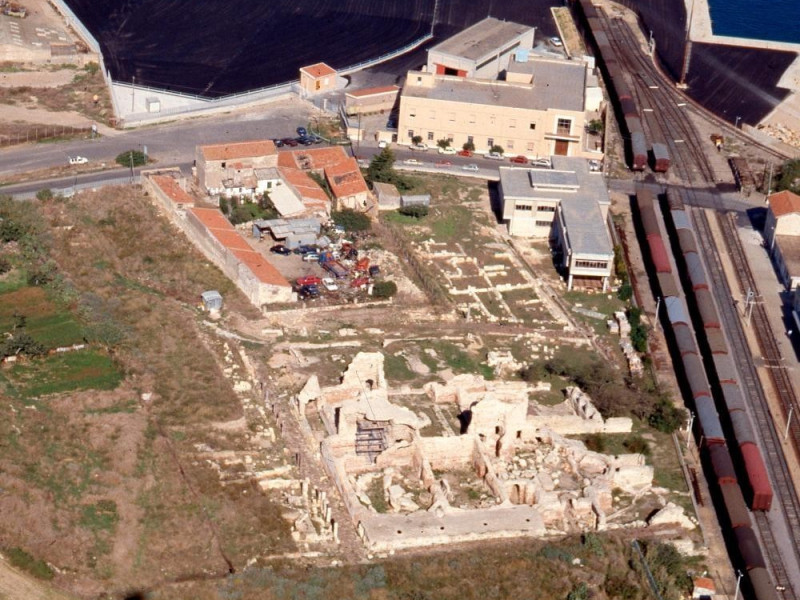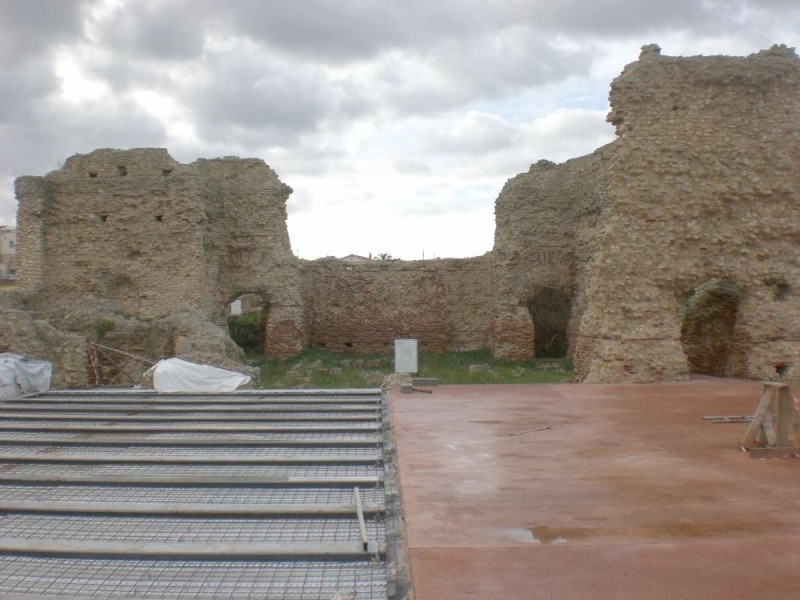Città romana e parco archeologico di Turris Libisonis
Turris Libisonis, now Porto Torres, was founded by the Romans in the 1st century BC in the middle of the Asinara gulf, in a strategic position at the mouth of the Rio Mannu. The only colony of Sardinia province (together with Uselis) where Roman citizens lived, it was called "iulia" since its foundation was attributed to Caesar or Octavian. In the island it was second only to Caralis for population, magnificence and trades.
The first settlement was on Rio Mannu%u2019s banks. Between the end of the 2nd and the beginning of the 3rd century the city had its heyday near the new port, perhaps in the present wet dock; by the beginning of the 5th century its development stopped, concomitantly with the crisis of the Western Roman Empire.
The remains of its important public housebuilding and quarters dating from the Imperial period are still visible. An extraordinary work is the perfectly preserved bridge on the Rio Mannu (1st century AD), planned on seven arches, which connected the city to the fields in the Nurra region. Among the three thermal baths of the city (%u201Cterme Maetzke%u201D, %u201Cterme Pallottino%u201D and %u201Cterme centrali%u201D), the %u201Cterme centrali%u201D (3rd-4th century) are the core of the archaeological area. Also known as %u201Cpalace of king Barbaro%u201D, perhaps the name of an unknown governor of the city, they still keep the big rooms frigidarium, tepidarium and calidarium, with basins and valuable mosaics. In the area between the Antiquarium Turritano and %u201Cterme centrali%u201D are the remains of some houses, insulae (blocks) and tabernae (shops), partially englobed and visible in the Antiquarium. The streets are made of vulcanite rock slabs. Among the remains of marble decorations, bas- reliefs and statues, valuable are four marble columns of the %u201Cperistilio Pallottino%u201D, originally in a marble paved portico.
Wide areas of necropolises are around the ancient city, dating from the early Imperial age to the early Christian period: the west necropolis on the left bank of the Rio Mannu, the southern under the present city and the east necropolis on the seafront. This last holds the hypogeum of Tanca Borgona, the funerary complex of Scogliolungo, the tombs of Balai and the hypogeic complex of San Gavino.
Accessible to disabled people.


